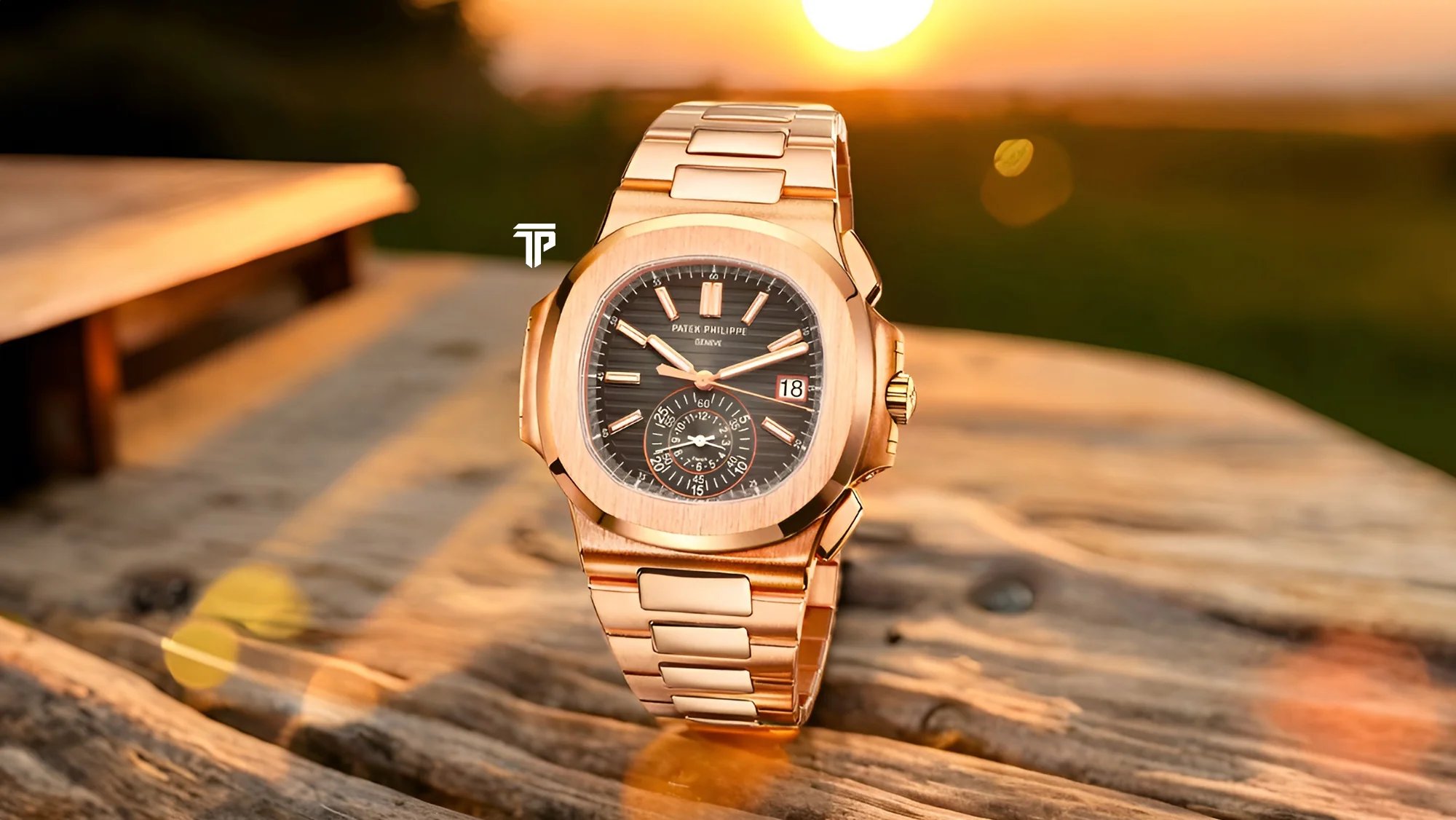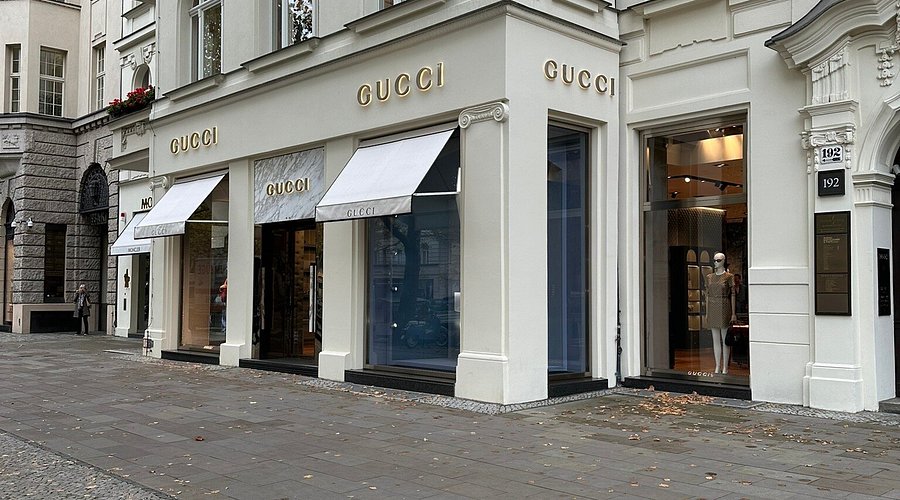Art Funds Outpace Gold as Wealthy Investors Redraw Their Safe Havens
By
John Carter
Last updated:
September 17, 2025
First Published:
September 17, 2025

Photo: A Blank Canvas - Vascan
In recent years, a noticeable shift has emerged in how the ultra-wealthy preserve and grow their wealth. Traditional assets such as gold and real estate are being complemented, and sometimes replaced, by investments in fine art. Art funds, in particular, are gaining traction as both a financial strategy and a reflection of personal taste and prestige.
The allure of art as an asset
Art offers a unique combination of aesthetic enjoyment and investment potential. Unlike traditional commodities, art carries cultural and emotional value that can appreciate over time. Investors are drawn to pieces that not only promise financial returns but also enhance personal and social standing.
Diversification beyond markets
High net worth individuals often look for ways to diversify their portfolios beyond stocks and bonds. Art funds allow investors to gain exposure to a curated selection of high-value artworks without the logistical burden of acquiring and storing them individually. This provides a strategic balance between risk and reward.
Accessibility through funds
Art funds have democratized the art investment market for wealthy collectors. Previously, acquiring masterpieces required vast personal resources and connections. Today, investors can participate in professionally managed funds that purchase, manage, and sell artworks on their behalf, making art a viable and efficient investment vehicle.
Hedge against volatility
The appeal of art as a financial instrument is further enhanced by its relative stability. Unlike gold, which can experience sudden market swings, fine art has demonstrated resilience over time. It can serve as a hedge against inflation and currency fluctuations, providing a tangible store of value.
The role of provenance and rarity
Successful art investment depends heavily on provenance and rarity. Pieces with historical significance, notable artists, or limited availability tend to appreciate more consistently. Wealthy investors and fund managers carefully assess these factors before committing, ensuring long-term growth potential.
Cultural and social capital
Owning art also enhances social influence. Collectors often display pieces in private galleries, offices, or high-profile events, signaling cultural sophistication and taste. This intangible benefit adds another layer of value that is difficult to quantify but highly prized in elite circles.
Global hotspots for art investment
Markets such as New York, London, and Hong Kong remain central hubs for art investment. Auction houses, private galleries, and art fairs provide access to both emerging and established artists. Wealthy investors strategically select locations and pieces that offer both prestige and potential financial gain.
Integration with legacy planning
Art funds can also play a role in generational wealth planning. Artworks or shares in art funds can be passed down to heirs, preserving both financial value and cultural significance. This aligns with a growing trend of combining legacy and investment strategies.
Redefining the meaning of wealth
The movement toward art investment signals a shift in how the wealthy define security and status. It is no longer solely about gold or tangible assets but about owning pieces that represent taste, history, and exclusivity. For modern investors, art embodies a refined approach to wealth management.
Subscribe to unlock premium content
Sed at tellus, pharetra lacus, aenean risus non nisl ultricies commodo diam aliquet arcu enim eu leo porttitor habitasse adipiscing porttitor varius ultricies facilisis viverra lacus neque.
A comprehensive guide on Agile development

10 Productivity tools that are worth checking out

Top 7 Must have management tools for productivity

A comprehensive guide on Agile development

10 Productivity tools that are worth checking out

A comprehensive guide on Agile development








.png)
